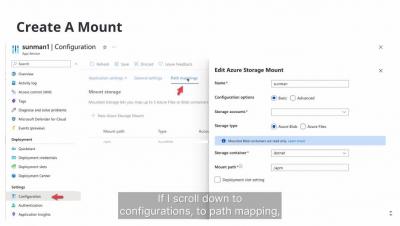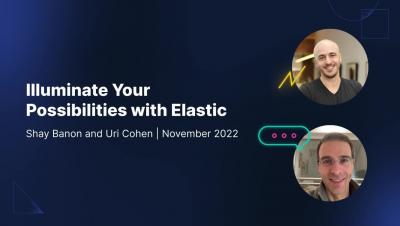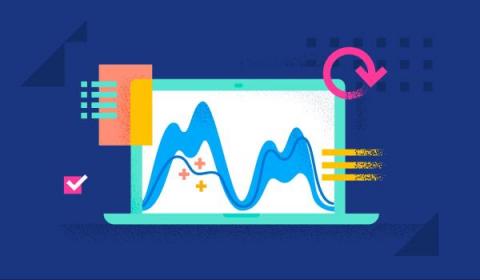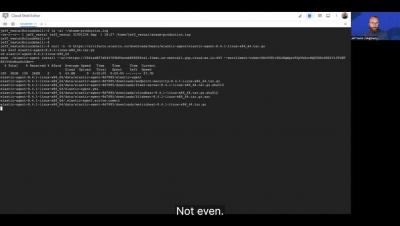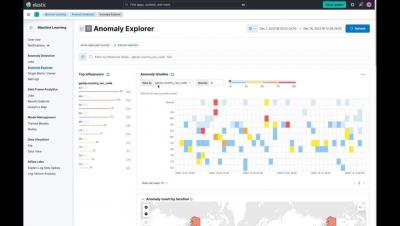Overview of image similarity search in Elasticsearch
Imagine being able to mimic a celebrity’s look with a screenshot. Users could use the image to quickly find clothing sold online that matches the style. But, this is not the search experience of today. Customers struggle to find what they need, and if they can’t, they'll leave. Some of them don't remember the name (keyword) of what they are looking for, but have an idea of what it looks like or the actual image.



